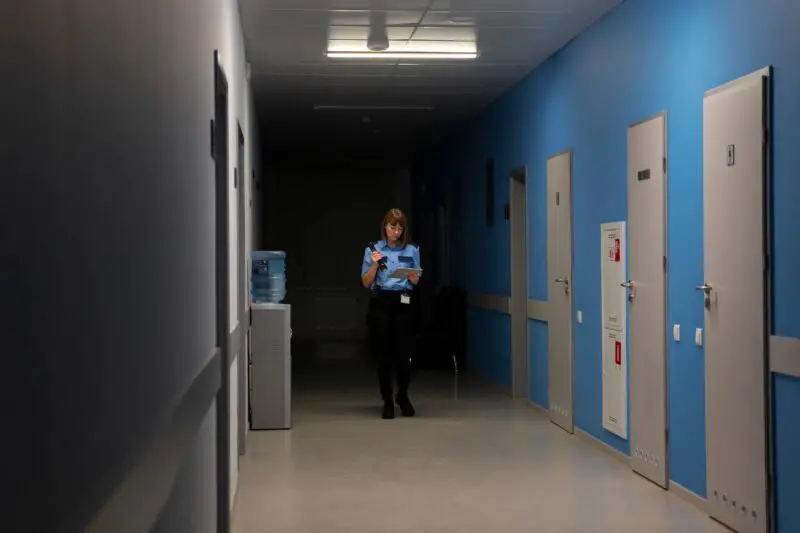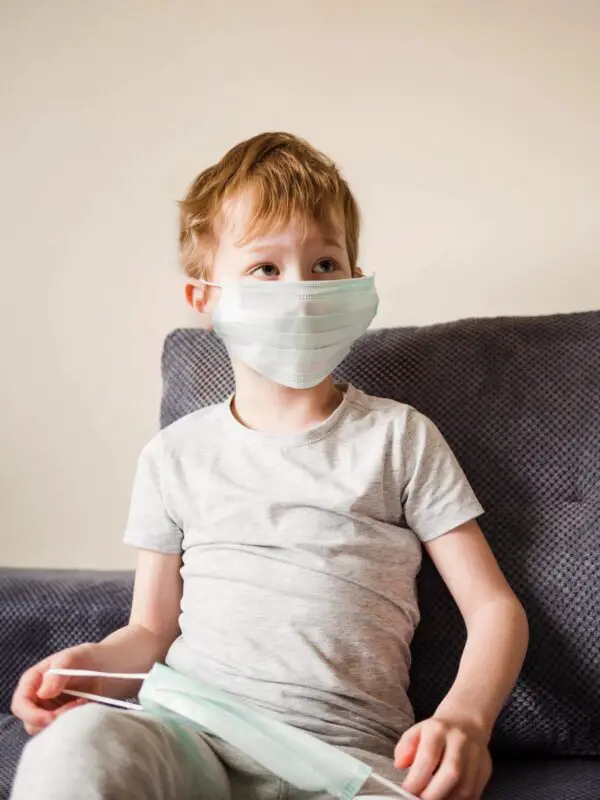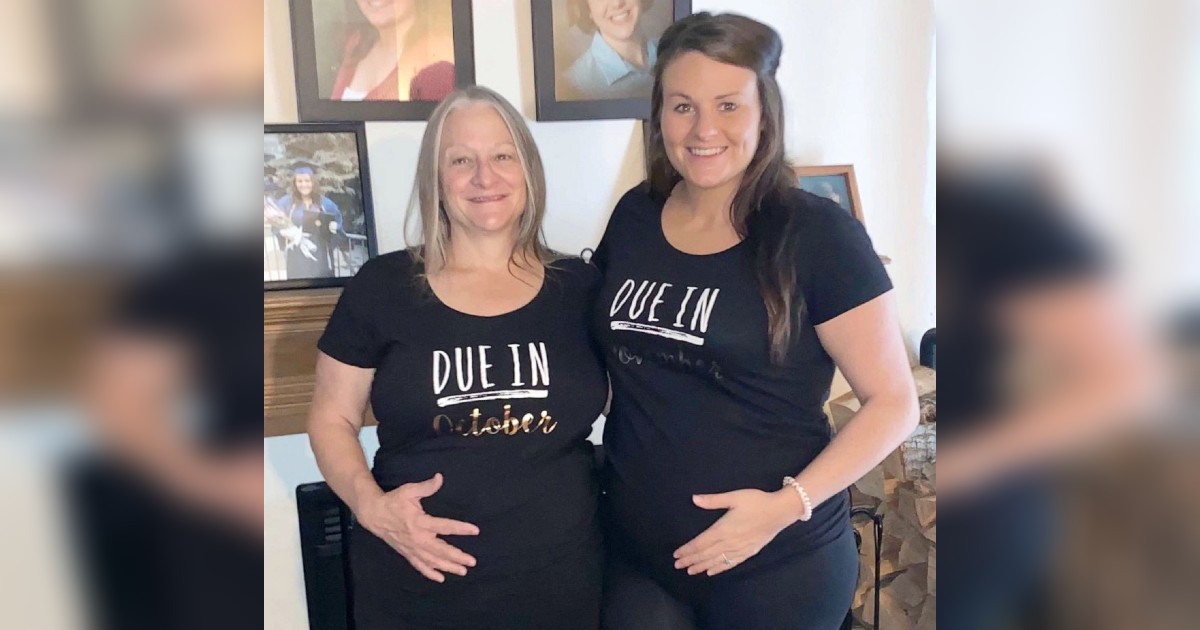I’m Carrie, a thirty-two-year-old mother from Portland. I’ve been a single mom since my divorce, raising my daughter, Emma, mostly on my own. And then, I met Evan, a calm, patient man who never made Emma feel like she was just “my kid.”
Emma has always struggled at night. She wakes up crying, sometimes wetting her bed, sometimes just stares at the wall like she’s not really there. I hoped having Evan around would help, but it didn’t.
A few months ago, I noticed Evan leaving our bed every night around midnight. When I asked, he said he was sleeping on the couch because his back hurt. I believed him until one night I got up and saw that the couch was empty.
The door to Emma’s room was cracked open and the orange night-light made everything glow soft and strange. That’s when I saw Evan lying beside her with his arm around her shoulders. I couldn’t help but ask him what he was doing there.
Evan said he heard Emma crying so he went to check on her and that he must’ve fallen asleep. I didn’t ask any more questions, but I felt there was more to the story. I couldn’t sleep for the rest of the night, thinking something could be wrong.
Although I knew I could be doing more harm than good, I decided to install a small camera in Emma’s room. I told my husband I was testing our home security system, but really, I just needed to know.
A couple of nights later, I checked the footage. Around 2 a.m., Emma sat up, her eyes open but empty. She started walking slowly around the room, bumping into the wall before stopping. A few minutes later, Evan came in. He whispered something to her, led her back to bed, and tucked her in. It felt like he had done that many times before since he didn’t panic when he saw her walking around disoriented.
The next morning, I took the video to a doctor. He told me Emma was sleepwalking. According to him, it was a stress response that sometimes shows up in kids who’ve been through separation.
Years ago, after my divorce, I’d left her with my mom for a month while I found a job. She was very little at the time, and didn’t really think she missed me because I believed she wasn’t even aware of my absence.
When I told Evan what I had done, he wasn’t mad. “She just needs to feel safe,” he said.
It turned out he realized Emma was sleep walking so he made sure he was safe every time he pretended to be sleeping on the couch. He said he didn’t want to tell me so I didn’t worry, believing it would eventually pass away.
I was glad Evan was part of my daughter’s life. He somehow made it complete. And I know for sure that Emma is lucky to have such a devoted father figure by her side.
Please SHARE this article with your family and friends on Facebook.
Bored Daddy
Love and Peace











































